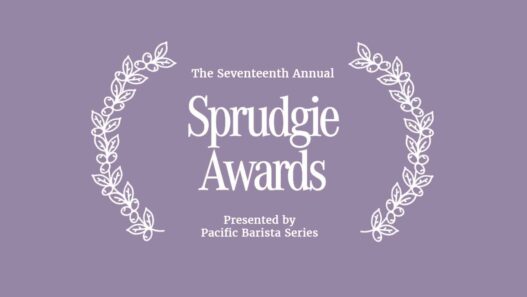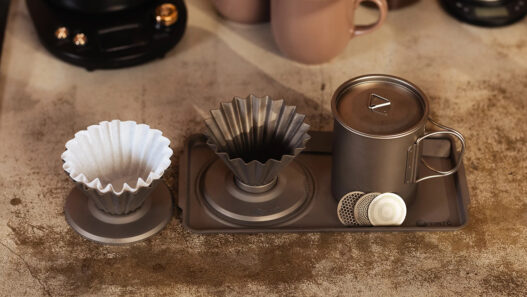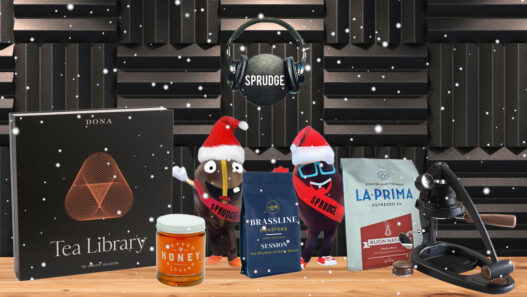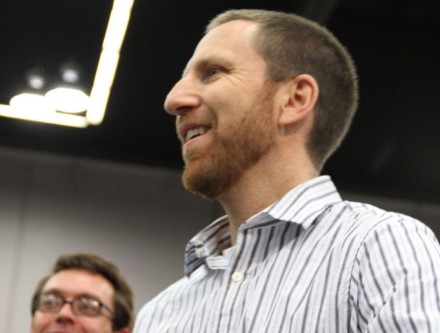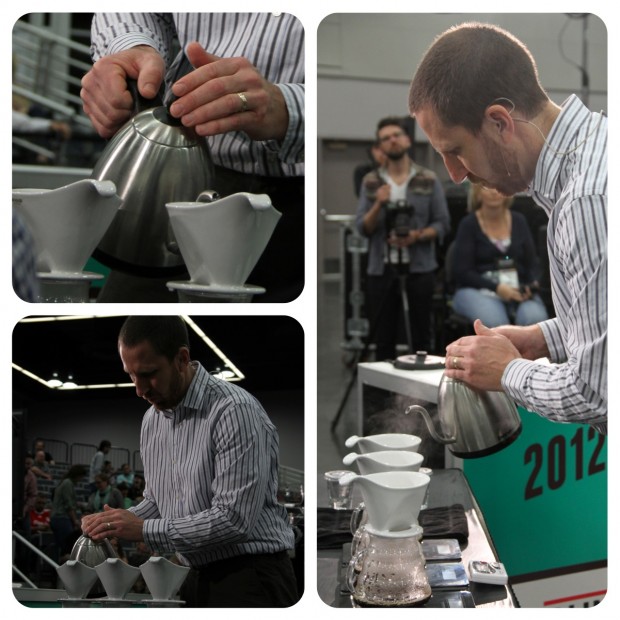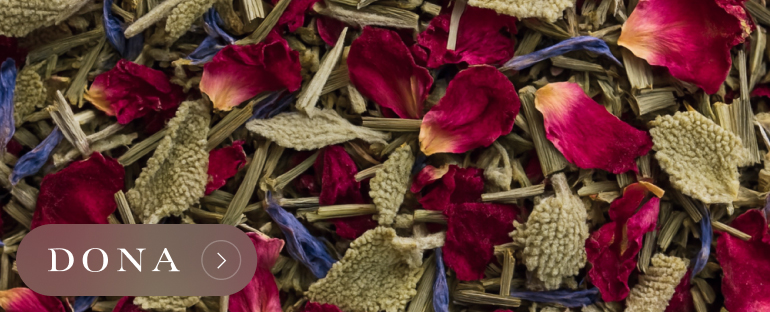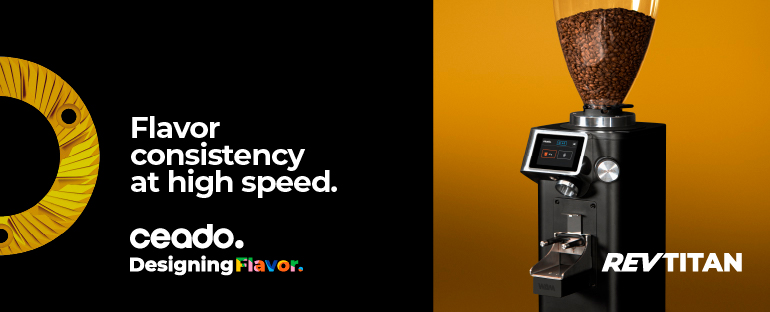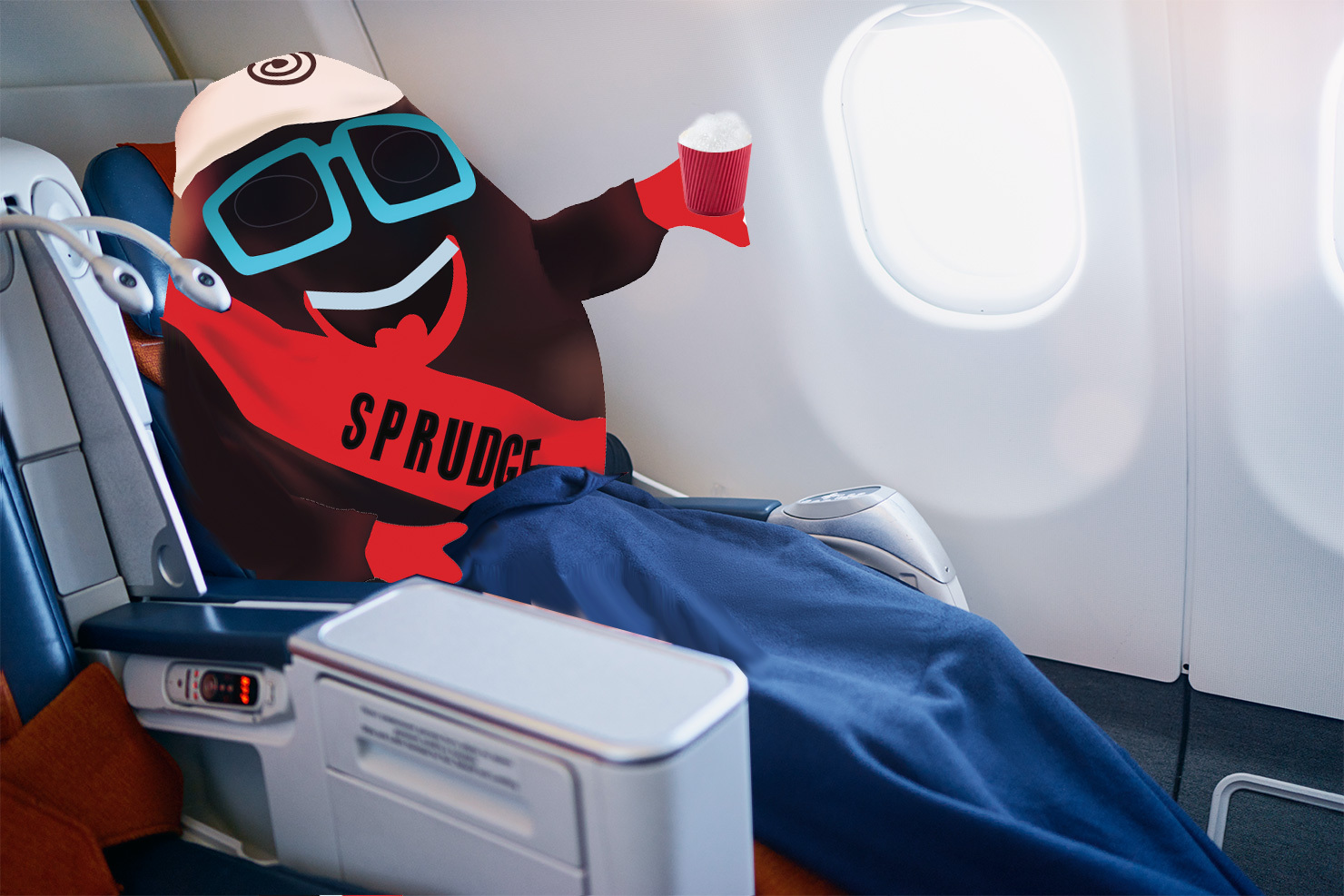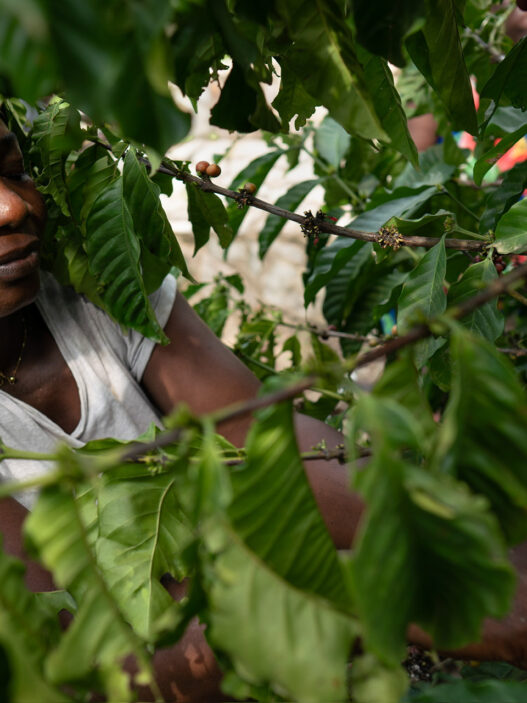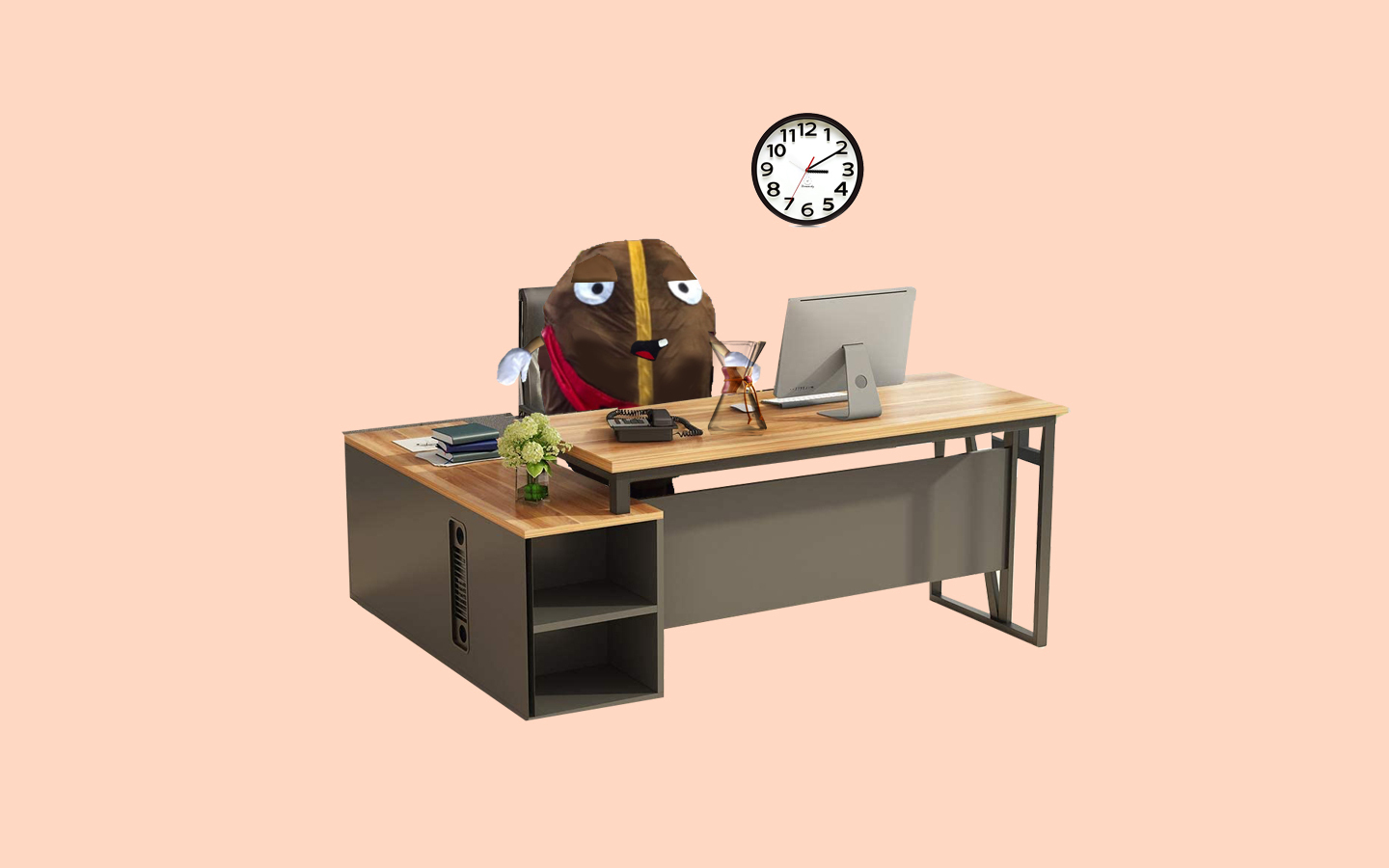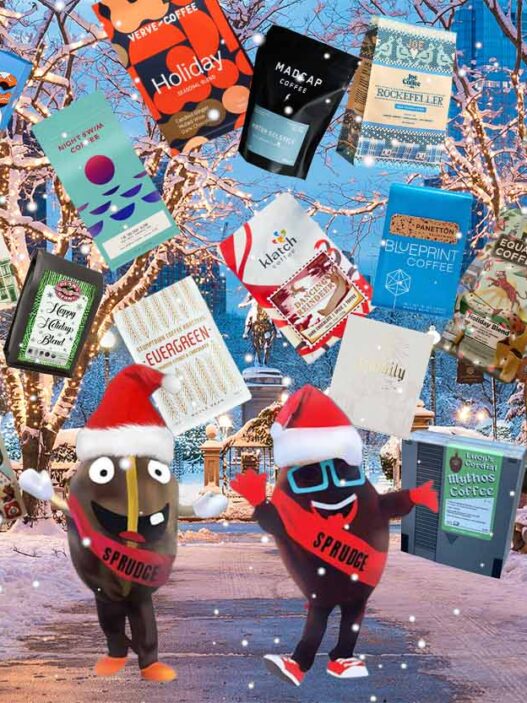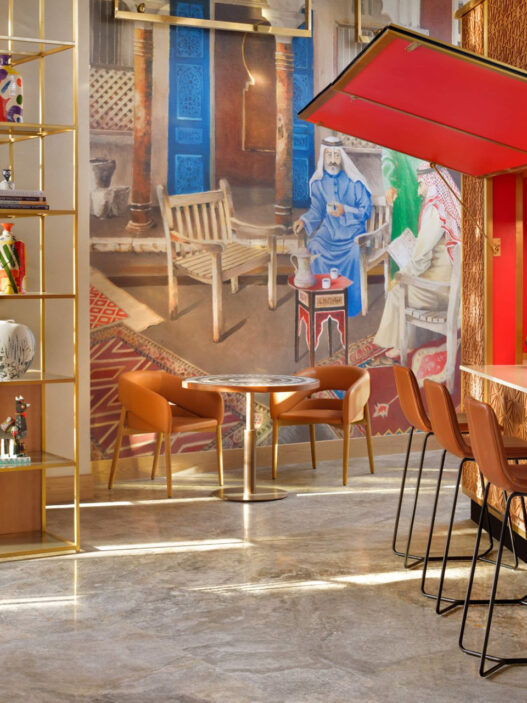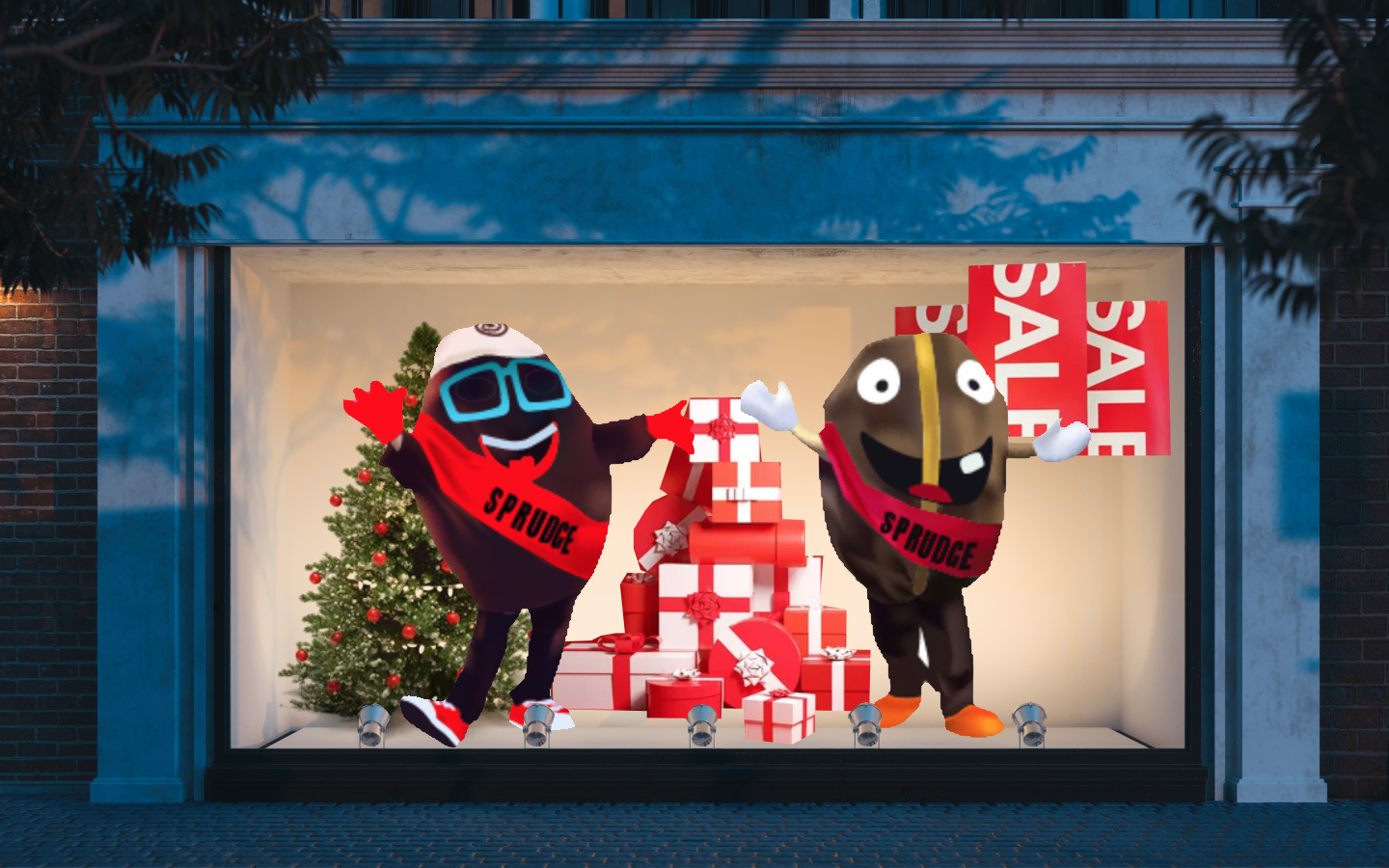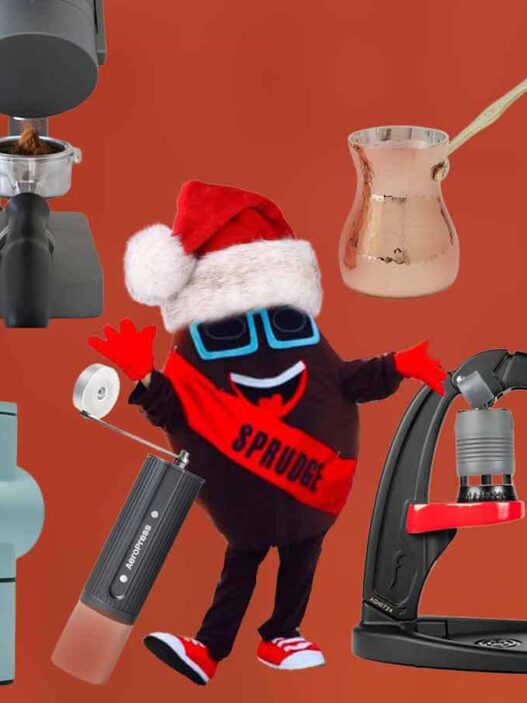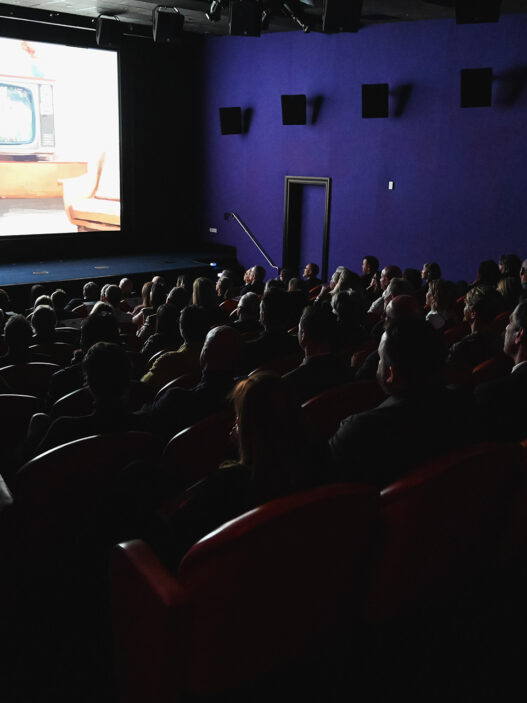There’s no greater competitive authority on the Brewers Cup than Andy Sprenger. For the second year in a row, Mr. Sprenger is the US Brewers Cup champion, meaning that in its short 2 year history, he is the only person to have won this competition. Pretty impressive stuff.
Andy is part of the team behind Ceremony Coffee, formerly Caffe Pronto, a boutique roastery in Annapolis, Maryland, with wholesale clients spanning the East Coast. Mr. Sprenger won the Brewers Cup using Ceremony’s Cerro Azul Geisha, a micro-lot from Colombia sourced specifically for 2012 Brewers Cup.
We had a chance to sit down digitally with Mr. Sprenger a bit earlier this week, and pick his brain on his routine, history in the industry, and advice for future Brewers Cup competitors. As you might expect, Andy is exacting and precise when it comes to coffee – but he’s also candid, friendly, and inspirationally devoted to self-improvement and advancement on the World Brewers Cup stage. Congratulations to Andy and everyone at Ceremony Coffee; we’ll see you in Vienna!
1. Can you explain your brew recipe? Were those Beehouse drippers?
“Yes, they were the large Beehouse drippers – same brewers I used last year in the US comp.”
Mr. Sprenger’s Winning Brew Method
Coffee Grind: “‘Fine drip’ to ‘drip’, roughly the coarseness of refined white sugar. Err on the side of too coarse than too fine.”
Coffee Dose: 12 grams
Water Volume: 205 grams (1:17 ratio)
Water Temperature: “I used an electric Bonavita kettle and my pours began ~30 seconds to a min past the kettle turning off, so around 205 degrees, but I was not measuring prior to pour. This is something I’ll likely be playing with in the next few months prepping for the Worlds.”
Bloom Time / Contact Time / Draw Down Time: “I use a fairly quick bloom time (~20-30 sec) to keep the bloom soft and easy to pour into (the crust continues to rise on second and third pours). With the small dose, I find about a 2:30 contact time to be perfect, with a draw down time between 15-25 seconds. If my total brew time is around 2:45, I’m pretty confident the cup is going to be good.”
Additional Instructions: “I maintain the coffee bed quite low in the brewer. I think this helps with heat retention and more consistent contact with water to grounds (minimizes high and dry grounds). For the first 2/3 of the brew I like to pour very gently right into the center of the brew bed (no stirs, swirls or circular dripping). I try and let gravity be the force behind the extraction (think of the force of a wave pulling your feet into the sand – that is a lot of force). So no swirls or zig zags until the last part of brew when I want to make sure that the crust that remains and any higher grounds have had their share of hot water.”
Filter Type: “I tested many different filters over the past year and the clear winner for me is the white Melitta. It imparts the least paper taint (we cupped a lot of “filter tea”) and won out on overall quality of cup delivered. I also cut any unnecessary paper away from the filter (the extra ridge they built in to reduce risk of filter splitting at seem) so that it sits clean and low in the Beehouse.”
2. Did you adjust your brew method with the “mystery coffee”? Do you change your brew methods depending on which coffee is used?
“The only thing I worked hard on adjusting was the grind. I tried to keep all other variables the same when practicing but looked at three pours at a time with different grind settings. Then I tasted and took TDS readings.
The closest I came to switching brew methods was last year at the World competition where I was considering using the small Kone. Unfortunately, I did not make it into the finals, so ultimately I did not have to make that decision.”
3. What coffee did you choose to compete with?
“I used the Colombia Cerro Azul – a coffee from western Colombia and the Valle del Cauca district. It is a Geisha varietal and took second place in COTY this year. The producers are Rigoberto and Luis Herrera and the farm is managed by Miguel Jimenez.
They were amazingly helpful in working with me to pick the coffee I wanted to compete with prior to the competition, and I can’t begin to tell you how much it meant to have them attending the show and my performance. A big ol’ bear hug from Rigoberto after the competition was one of the most meaningful experiences I’ve had in coffee.”
4. What’s your secret to taking the title twice? Your method struck us as something that’d be easily replicated at home and accessible to consumers. Do you think there’s a magic correlation between accessibility and deliciousness?
“One of the coolest things I saw all weekend was early Saturday morning while I was starting my prep work for the finals. Jared Gum, who unfortunately didn’t make it into the finals this year, walked in and started brewing coffee. I thought he was just making his morning cup, but then he proceeded to brew cup after cup, working and tweaking his brew method on the Kalita. He was already preparing for Boston. Dedication is part of the secret.
I guess the more simple you make things, the more repeatable they become and more accessible they are for others to repeat. As my co-worker pointed out, a good barista minimizes variables which usually leads to a better coffee experience. So a $15 brewer, with good water, a decent grinder, proper ratios, good coffee and a simple pouring technique, should deliver a pretty delicious cup of coffee every time.”
5. What advice would you give to someone who wants to win big at Brewers Cup next year?
“I think my tendency has been to focus too much on my own coffee and presentation and not enough on the first round compulsory coffee. This competition is designed to prove that you can do a good job brewing any coffee that is handed to you. So read Lingle’s and Rao’s brewing books, practice with a variety of different roast degrees and origins, play with different brew methods and compare side to side, and try and take TDS readings if possible.
And don’t give up. If I chose to quit after my poor performances in regionals, we wouldn’t be having this conversation.”
6. How do you see the Brewers Cup evolving in the next five years?
“First, the level of competition this year I believe was much stronger than last year and I see this trend continuing.
Second, the Brewers Cup will continue to drive the trend towards single cup brewing and highlighting single origin coffees. When I started my work in coffee ten years ago, a large part of what defined a roaster was how good their espresso was. But more and more I see a trend of roasters being defined by the quality of their single origin offerings. Even on a personal level I drink way more drip coffee than espresso or milk based espresso drinks than I used to. So, obviously we are also considering ways of making the best drip cup possible.
I think the Brewers Cup was perfectly timed to carry this forward and really highlight what manual brewers and methods/techniques are out there and which deliver the best cup. At the same time, the science of single cup brewing will be pushed forward as people write and blog about their experiments and findings as they prepare for and reflect on their competitions.
And third, hopefully this competition will generate more and more involvement from “outsiders”. Perhaps part of the judging panel should be a group of culinary experts? How about a booth in the exhibit hall that is manned by the competitors showcasing their brew methods/coffees and interacting with the attendees? The stands and hall floor should have been absolutely packed with people watching the finals of these competitions. How do we make that happen?”
7. We’d like to know more about your background, both in coffee and in competition. Can you tell us how you got your start in coffee? And will you tell us a bit about your competition history? Was your BC method different last year?
“I started working for Caffe Pronto nearly ten years ago now, after my wife and I spent three years in Lebanon doing environmental conservation. What started as a barista job to hold me over until I could find something in my field, eventually became a passion, and I am ever thankful to God for allowing me to provide for my family while following this passion.
I grew up playing a lot of sports and had two older brothers, so this might be where the competitive side of me comes from. I’ve competed in everything from latte art competitions to the Roasters Choice and Tasters Cup competitions and have done well in these, although I bombed at this year’s Tasters Cup Competition.
My method for this year’s competition was nearly identical to last years – despite a lot of tinkering with other brewers in-between.”




